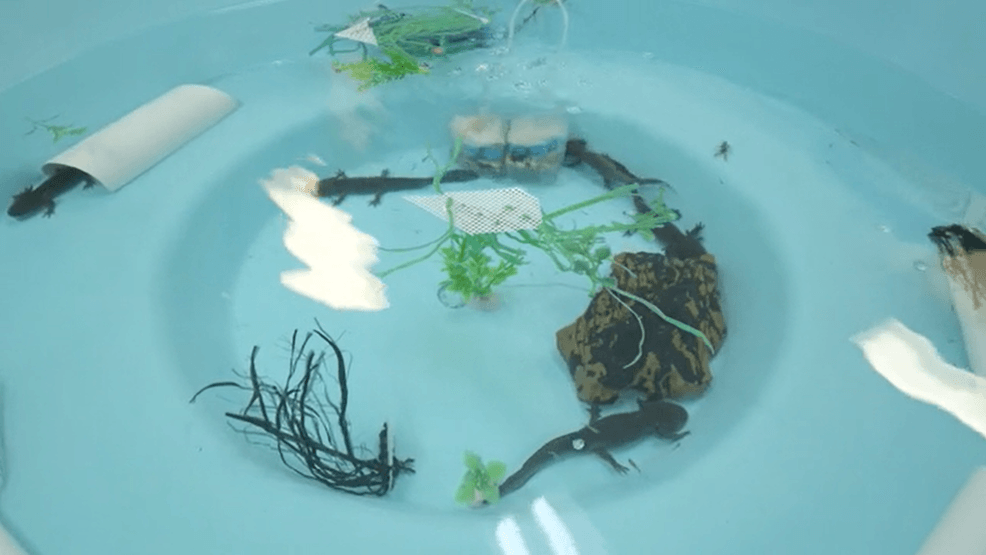The axolotl, a small salamander famed for its incredible capability to regenerate entire limbs, is now the focus of transformative research that may pave the way for advancements in regenerative medicine. A recent study by Northeastern University has pinpointed a compound known as retinoic acid, widely used in acne treatments, as a vital element in the axolotl’s regeneration process. This study demonstrated how retinoic acid aids the salamander’s cells in pinpointing exactly what needs to be regenerated. Moreover, researchers identified an enzyme that regulates retinoic acid levels, ensuring that the regeneration remains harmonized. These discoveries mark significant progress toward deciphering and potentially mimicking the axolotl’s remarkable regenerative abilities in humans.

E
Emily Prescott
Emily tells human stories behind health crises and recovery. From mental health to rural clinics, she covers care, courage, and resilience across the U.S.
